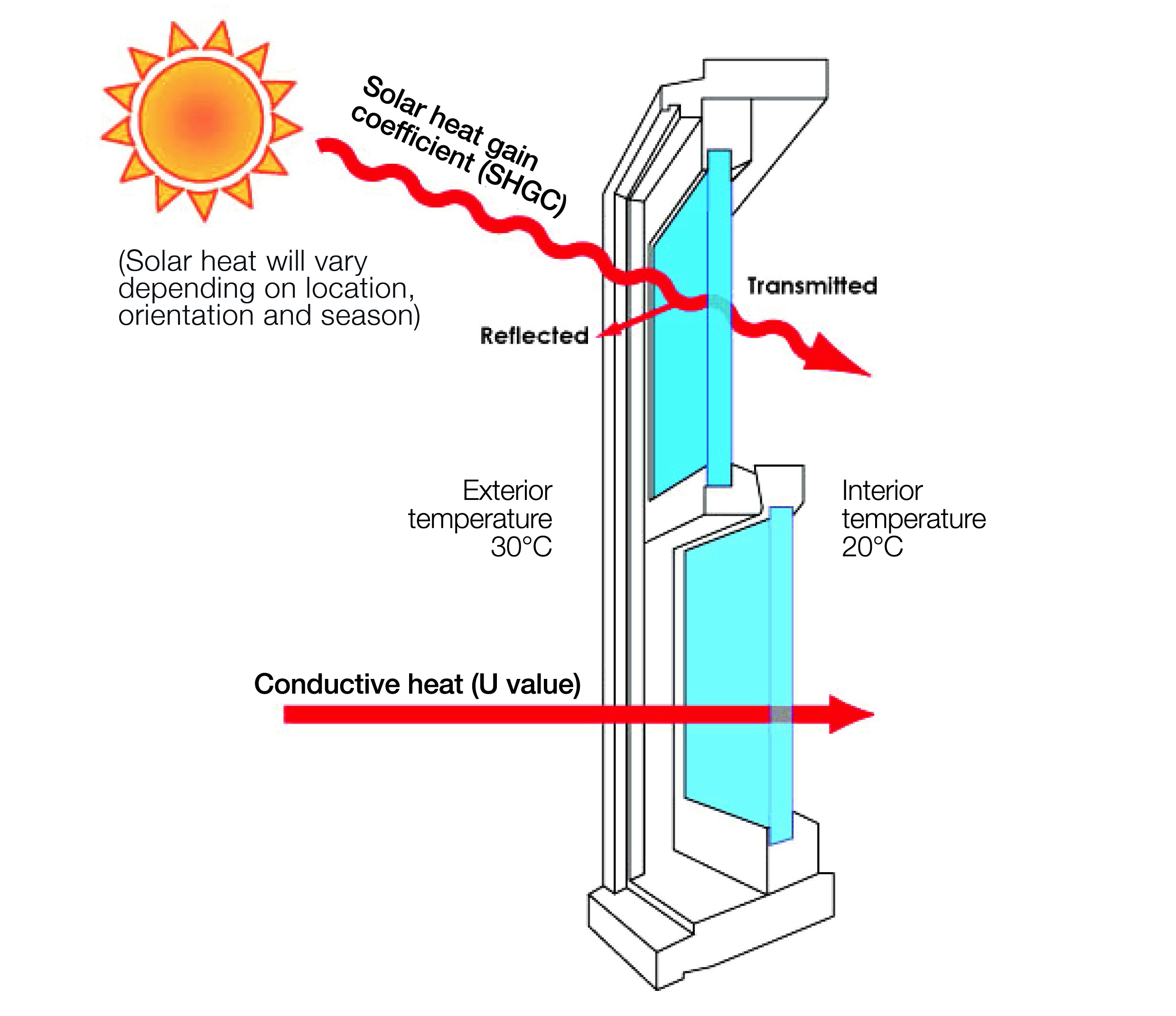All Categories
Featured
Table of Contents
The Ultimate Guide To Double Glazed Windows in Balcatta WA
That window can transmit more solar heat in winter than in summertime. A west-facing window on a summer season's afternoon has an angle of incidence from near 0 up to 30 with a big effective area of solar radiation. A north-facing window, in summertime, has a high angle of incidence and a low reliable location of solar radiation, so can transfer less heat than a west-facing one.

You can rapidly and quickly enhance the thermal efficiency of your house by changing your windows. This is among the most efficient approaches of restoration to accomplish improved thermal comfort. There are countless kinds of glass and frames to select from. Selecting the best ones is crucial to enhancing the energy efficiency of your home.
Energy Efficient Windows: Choose The Best Option For Your ... in Bassendean WA
Single glazing with clear glass is not really efficient when it comes to heat loss or gain. To enhance performance, you can use single glazing with a more energy-efficient type of glass such as low emissivity (low-e) glass.
Numerous layers can be assembled with sealed cavities between each sheet of glass. IGUs normally use much better energy performance than single glazing, because they send less energy. Nevertheless, the energy performance of IGUs likewise depends on: the residential or commercial properties of each layer of glass. Various glass types (for example, clear and low-e glass) can be put together in an IGU.
Carnegie 3163, Vic. Amazing Service By Aps Double Glazing in Gwelup Perth

IGU cavities can be filled with air or a more inert, low-conductivity gas such as argon the width of the cavity. Larger cavities supply lower (much better) U worths, with 12mm typically accepted as the preferred gap how well the cavity is sealed.
If argon is set up to the cavity in location of air, moisture is reliably left out the level of desiccant (drying agent). The spacer (metal or polymer strip) that separates the glass layers includes a desiccant to absorb any moisture. Inadequate desiccant may cause wetness to condense on the glass surface area in cold conditions, lowering thermal efficiency.
Does Double Glazing Keep Heat Out in Beaconsfield Perth
IGUs can deliver better energy performance for all climates, specifically in heated and air-conditioned houses. Cross-section detail of single, double and triple-glazing units Low emissivity glass (commonly known as low-e glass) reduces heat transfer. Low-e glass might be either high or low transmission: High transmission low-e glass has a finishing that allows daytime from the sun to enter your house to achieve great solar heat gain, however reduces the quantity of the long wavelength infrared heat that can get away back through the window.
Low-e glass has either a pyrolytic finish or a vacuum-deposited thin film metal coating. Pyrolytic finishes are durable and can be utilized for any glazing; vacuum-deposited finishings are soft and are just utilized within IGUs. Low-e coatings can substantially enhance both U value and SHGC; however, they must be utilized correctly or they will either weaken or fail to perform as required.
Double Glazing Versus Secondary Glazing in Henley Brook Perth
Low-e coatings can be utilized in combination with clear, toned or reflective glass. Low-e finishes on glazing can minimize heat transfer where required Picture: Department of Industry, Science, Energy and Resources Toned glass has colouring additives included during manufacture. It is available in different colours, normally bronze, grey, blue and green.
Latest Posts
Home Window Glazing - Sustainability Victoria in Carmel WA
Windows Of Opportunity: Your Guide To High-performance ... in Kallaroo WA
Double Glazing Windows in Rockingham WA